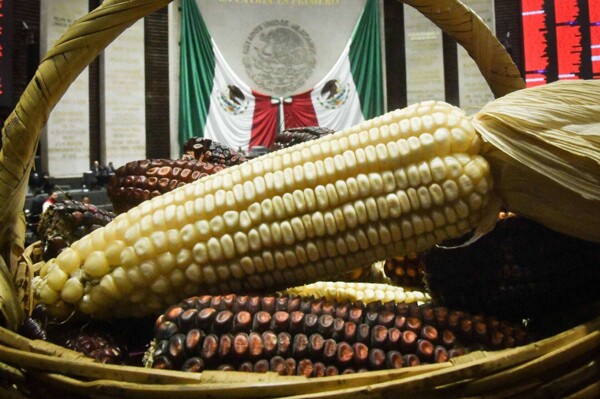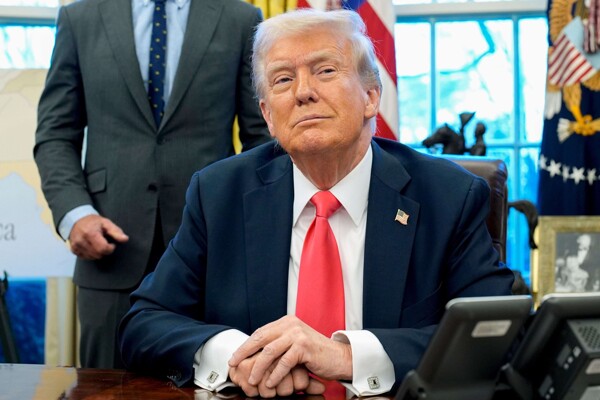
The bilateral relationship between Mexico and the United States faces a stage of uncertainty with the arrival of Donald Trump as president of the United States. While the future of the Agreement between Mexico, the United States, and Canada (T-MEC) seems assured in the long term, Trump's tariff threats pose significant challenges for Mexico.
Specifically, Trump is expected to continue using tariffs as a strategy to press on issues such as migration, security, and Chinese investment in Mexico. The review of the T-MEC scheduled for mid-next year is one of the most relevant aspects for the bilateral relationship in the future.
Although Trump's strategy of using tariffs as a negotiation tool is being confirmed, most analysts consider it unlikely that he will implement measures that significantly harm the U.S. economy. Eurasia estimates different scenarios regarding the possibility of avoiding tariff threats.
Despite significant trade and migration risks, there are also opportunities to strengthen cooperation and investment between Mexico and the United States. Uncertainty about the trade relationship may affect investment in the North American region, but the T-MEC becomes more valuable in a context where the United States seeks to reconfigure its foreign trade.
Various key issues, such as the review of the T-MEC, trade with China, access to government contracts, and illegal migration, will remain relevant in the dynamics between both countries. Although some measures have not been implemented immediately, the possibility of negotiation and lobbying remains.
In this scenario, trade, migration, and security factors will play a crucial role in the bilateral relationship. If consensus is not reached, the T-MEC will continue until its expiration in 2036, with annual reviews. The process of extending the agreement until 2042 seeks to consolidate the long-term trade relationship between Mexico, the United States, and Canada.













